|
Chin-Yang Lin | 林晉暘 I am a Master's student at the Institute of Data Science and Engineering, College of Computer Science, NYCU, co-advised by Prof. Yu-Lun Liu at CompPhoto Lab and Prof. Wei-Chen Chiu at Enriched Vision Applications Lab, focusing on research in computer vision, neural radiance fields (NeRF), and computational photography. Previously, I completed my undergraduate studies at National Cheng Kung University, where I double-majored in Computer Science and Geomatics. |
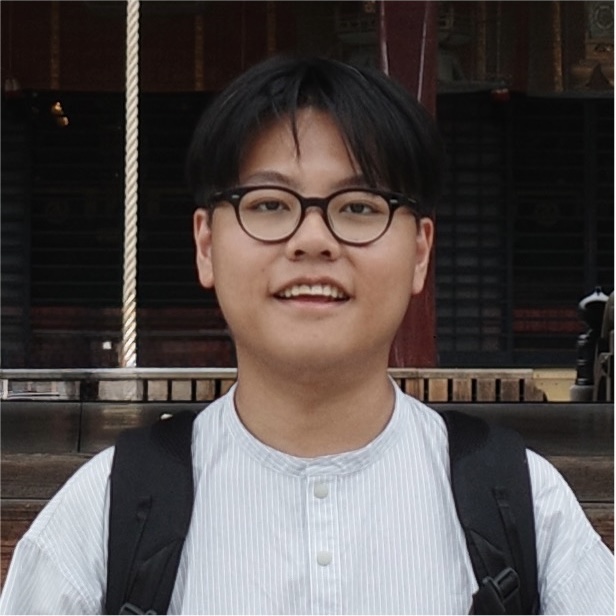
|
News
|
ResearchI'm interested in computer vision, deep learning, generative AI, and image processing, focusing on efficient algorithms for novel view synthesis, camera pose estimation, and sensor fusion. |
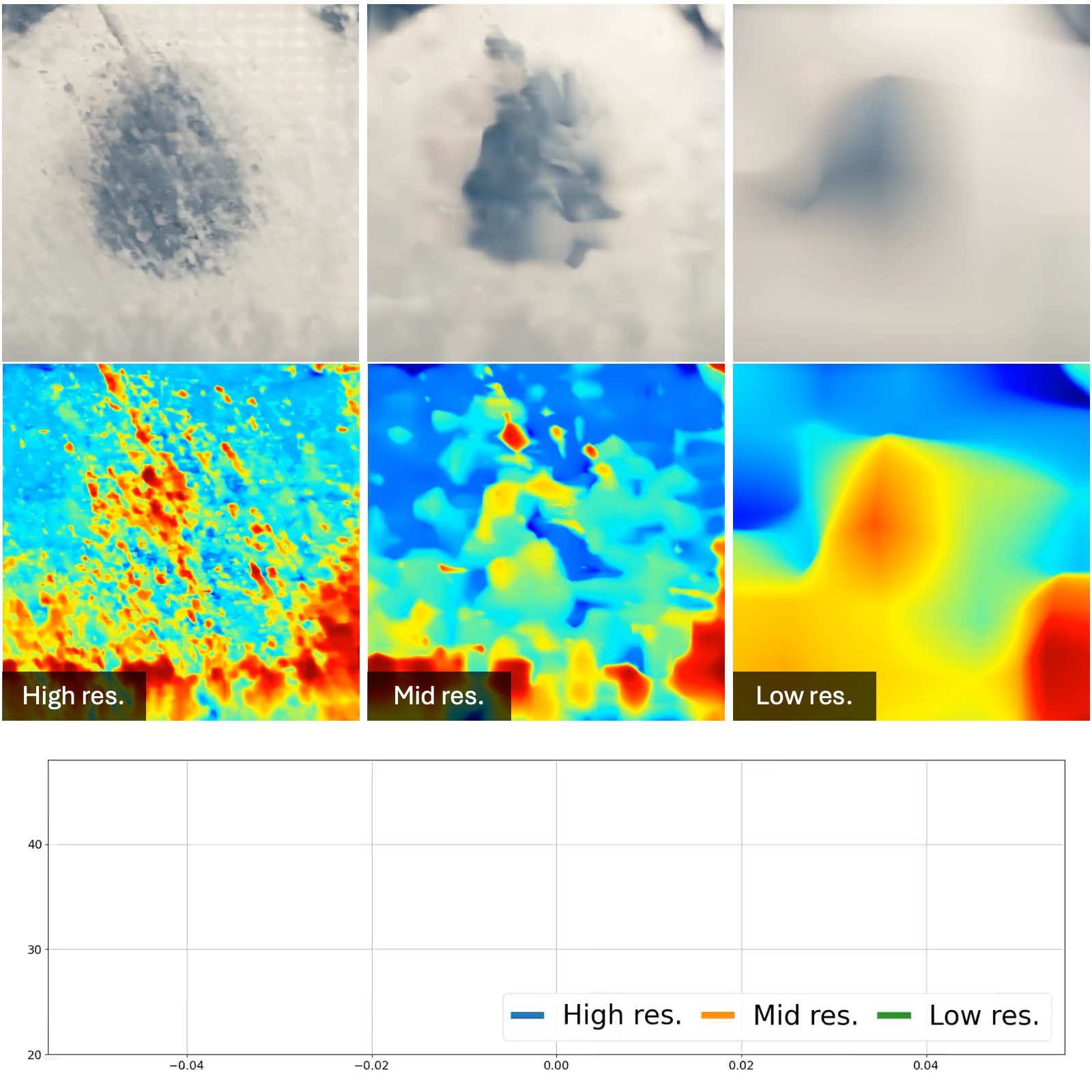
|
FrugalNeRF: Fast Convergence for Extreme Few-shot Novel View Synthesis without Learned Priors
Chin-Yang Lin*, Chung-Ho Wu* , Chang-Han Yeh, Shih-Han Yen, Cheng Sun , Yu-Lun Liu CVPR, 2025 project page / arXiv / code [comming soon] FrugalNeRF turns just two images and 10 minutes into high-quality 3D scenes by using weight-sharing voxels and cross-scale geometric adaptation to guide training without relying on external priors. |
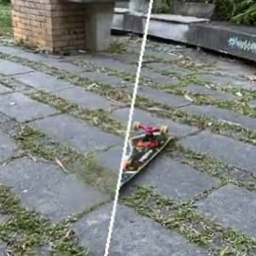
|
AuraFusion360: Augmented Unseen Region Alignment for Reference-based 360° Unbounded Scene Inpainting
Chung-Ho Wu*, Yang-Jung Chen*, Ying-Huan Chen, Jie-Ying Lee, Bo-Hsu Ke, Chun-Wei Tuan Mu, Yi-Chuan Huang, Chin-Yang Lin, Min-Hung Chen, Yen-Yu Lin, Yu-Lun Liu CVPR, 2025 project page / arXiv / code [comming soon] A reference-guided 3D inpainting approach utilizing SDEdit on aligned Gaussian initialization, and created a 360° inpainting dataset (360-USID) for comprehensive evaluation. |
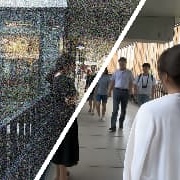
|
DiffIR2VR: Zero-Shot Video Restoration with Diffusion-based Image Restoration Models
Changhan Yeh, Chin-Yang Lin, Zhixiang Wang, Chi-Wei Hsiao, Ting-Hsuan Chen, Yu-Lun Liu arXiv, 2024 project page / arXiv / code / demo DiffIR2VR-Zero leverages pre-trained diffusion models for video restoration, using hierarchical token merging and hybrid optical flow with nearest neighbor matching. It achieves top performance across diverse degradations without training. |
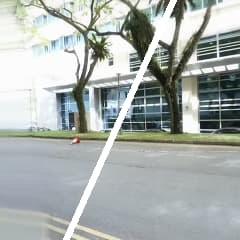
|
BoostMVSNeRFs: Boosting MVS-based NeRFs to Generalizable View Synthesis in Large-scale Scenes
Chih-Hai Su, Chih-Yao Hu, Shr-Ruei Tsai, Jie-Ying Lee, Chin-Yang Lin, Yu-Lun Liu SIGGRAPH, 2024 project page / arXiv / video / code Our method does not require training and can adapt to any MVS-based NeRF methods in a feed-forward fashion to improve rendering quality. |

|
A CNN-Speed-Based GNSS/PDR Integrated System for Smartwatch
Chin-Yang Lin, Yang-En Lu, Chi-Hsin Huan, Kai-Wei Chiang MMT, 2023 paper / video We proposed a GNSS/PDR fusion algorithm specifically designed for smartwatches. This algorithm tracks the varied roll and pitch of the sensor caused by hand swings and integrates a CNN model to predict 1-D speed and perform ZUPT detection. |
Projects |
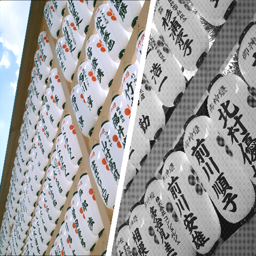
|
CUDA-ISP
Parallel Programming NYCU, 2024 code / report CUDA-ISP (Image Signal Processing) is a high-performance image processing pipeline designed for CUDA-enabled GPUs. |
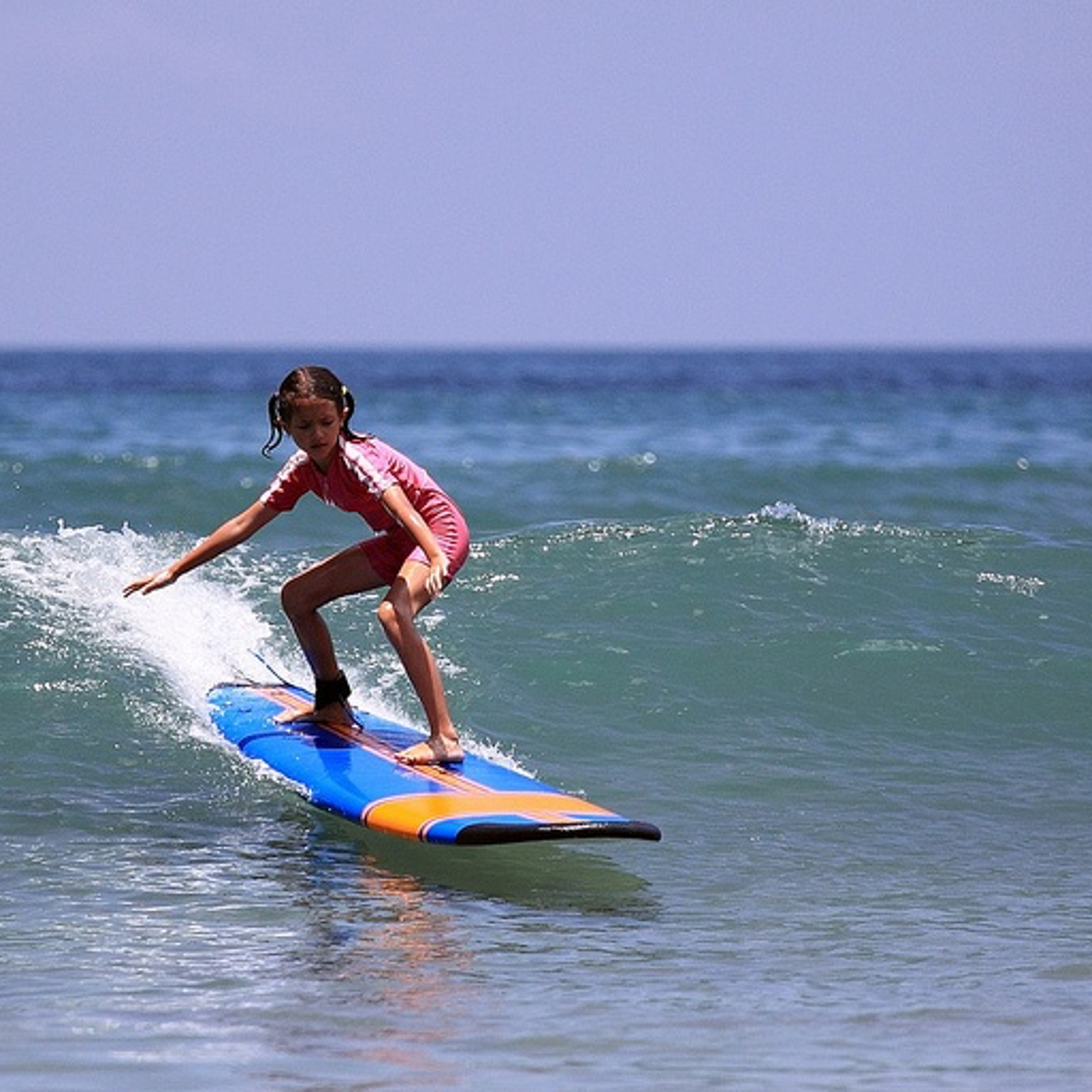
|
Zero Shot Water Segmentation
Digital Image Processing (1st Water Segmentation Challenge) NYCU, 2023 code Boosting zero-shot CLIP segmentation with a fast bilateral solver enables accurate estimation of water regions while preserving fine boundaries. Achieving up to 0.90 IoU on the test set surpasses other methods involving training or fine-tuning. |
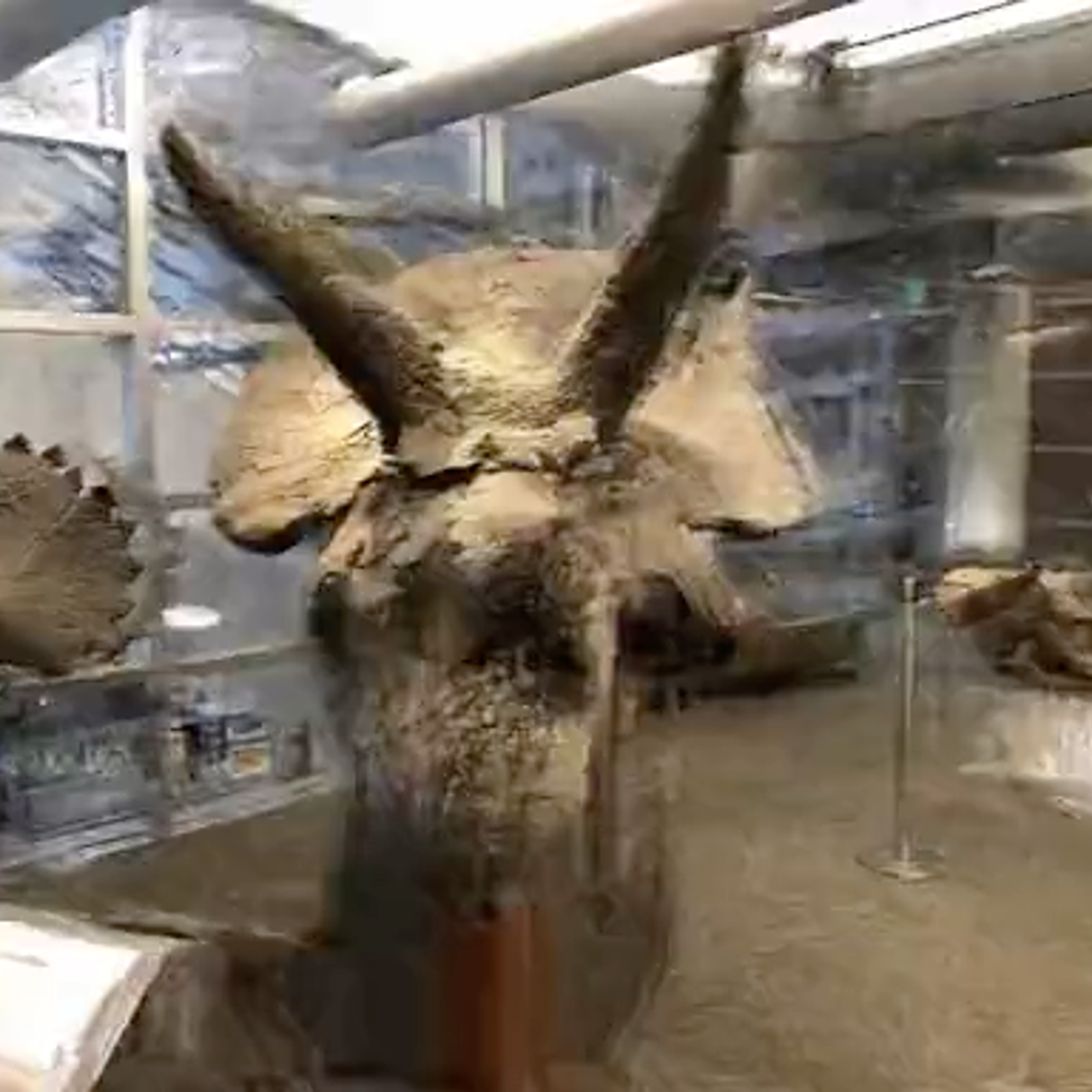
|
FS-NeRF: Fast Sparse Input Neural Radiance Field
Deep Learning and Practice (Final project the highest score) NYCU, 2023 code / poster Achieving fast convergence of high-quality NeRF with only two input images by utilizing voxel representation and integrating visibility priors and monocular depth, reducing the training time by 30x. |
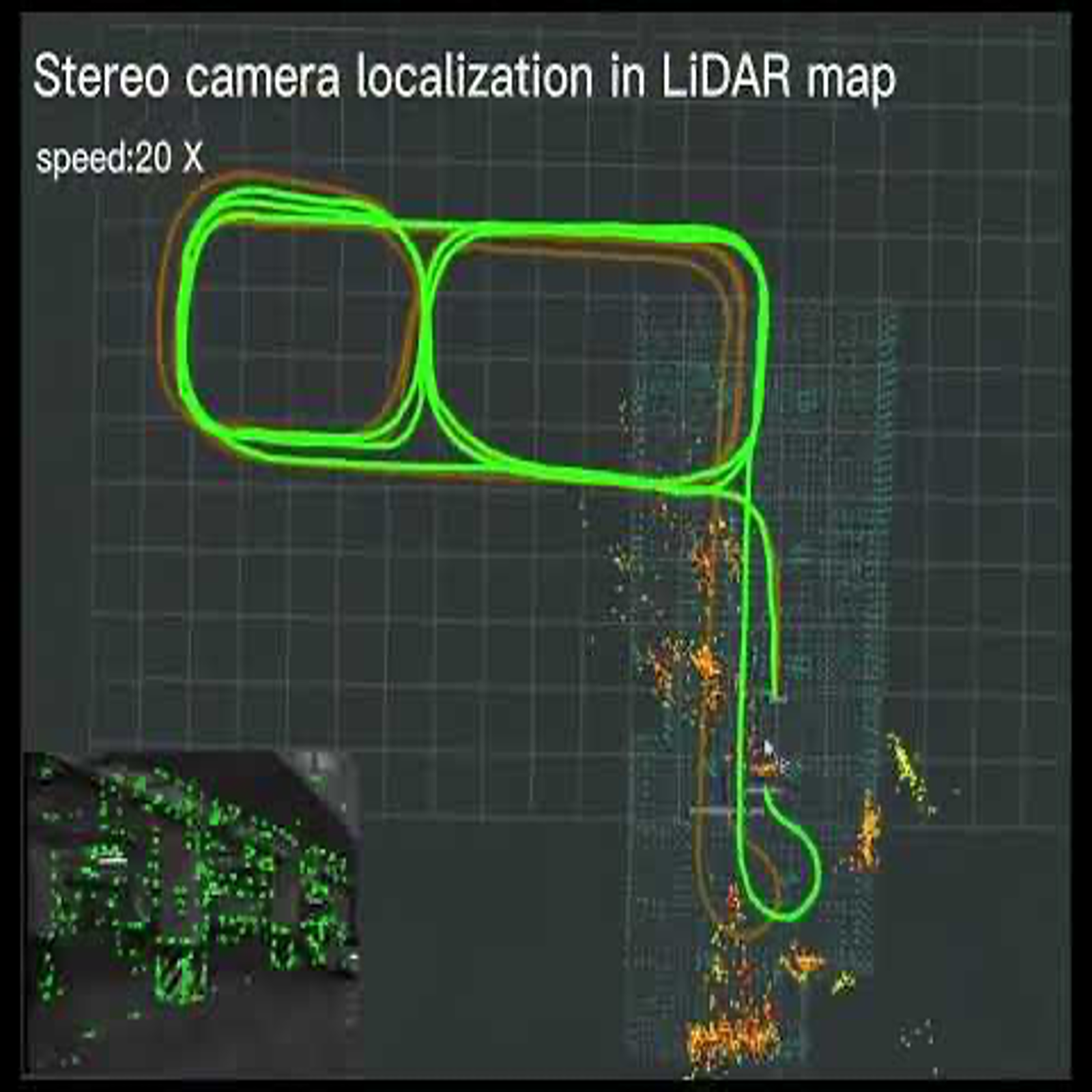
|
Iris: Stereo camera localization in pre-build pointcloud maps
NCKU, 2023 code / video Stereo camera navigation in point cloud maps using ICP registration in challenging scenarios such as underground parking lots. |
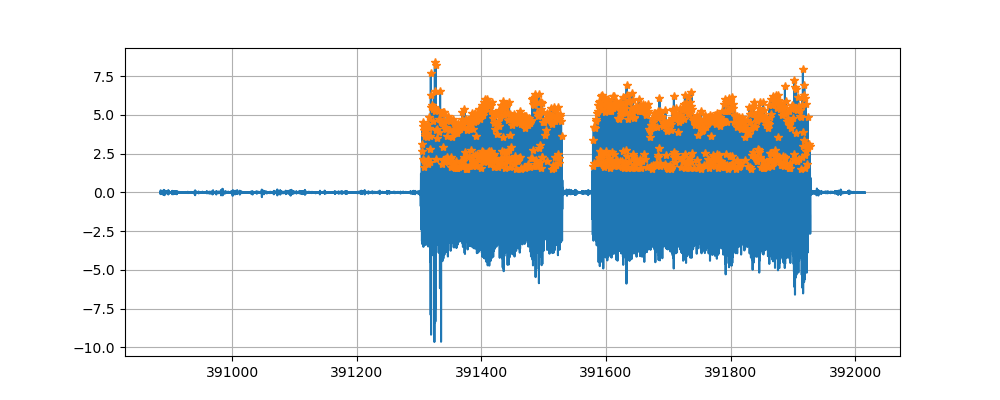
|
Wrist-Worn IMU PDR Algorithm
NCKU, 2023 code A wrist-worn IMU PDR algorithm. Utilizing VQF to compute IMU attitude, divided into three stages: Step Detection, Step Length Estimation, and Heading Estimation, enabling navigation with Wrist-Worn IMU worn by pedestrians. |
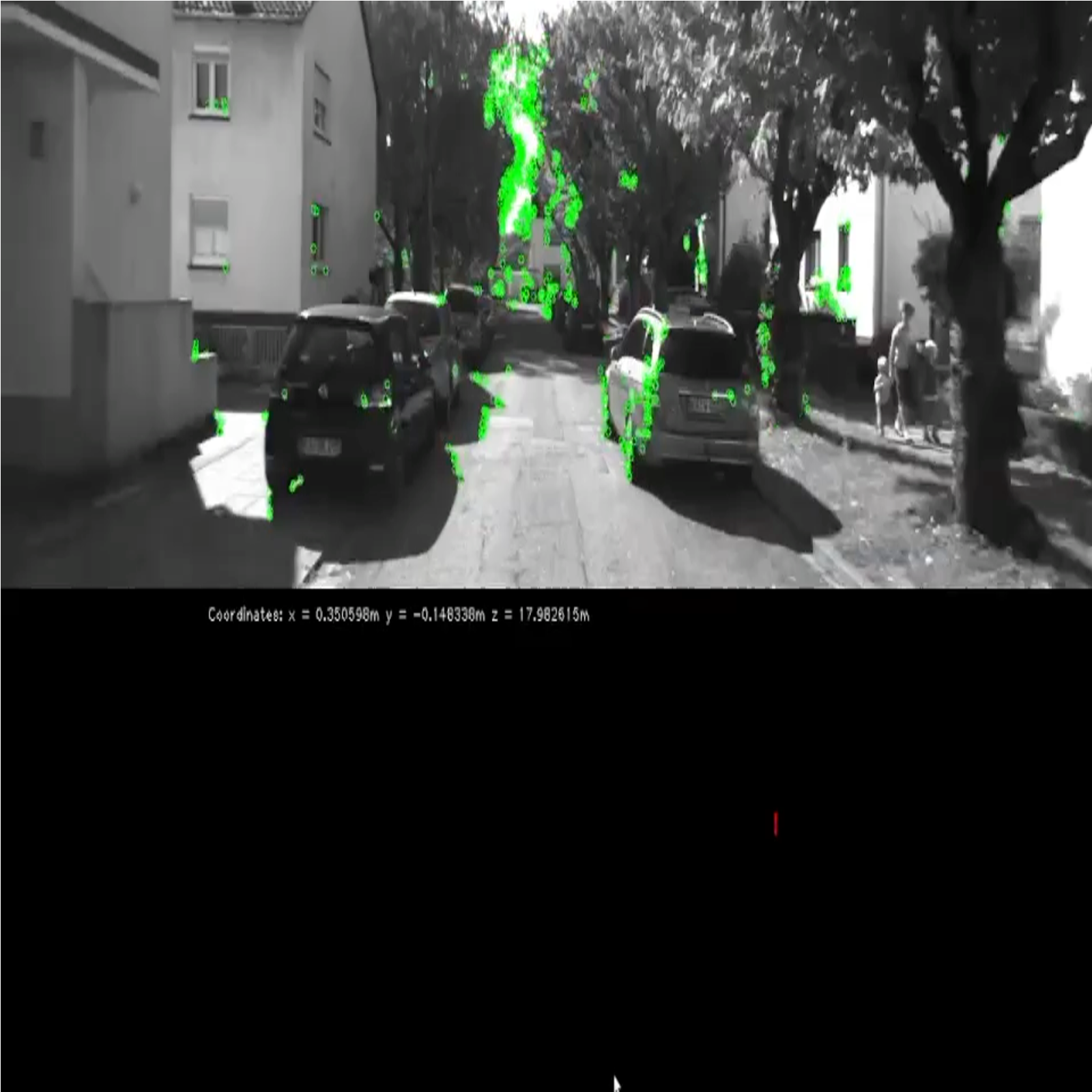
|
OpenCV Visual Odometry
NCKU, 2022 code / video A ROS package for real-time monocular camera visual odometry based on OpenCV functions, including feature matching and camera pose estimation. |
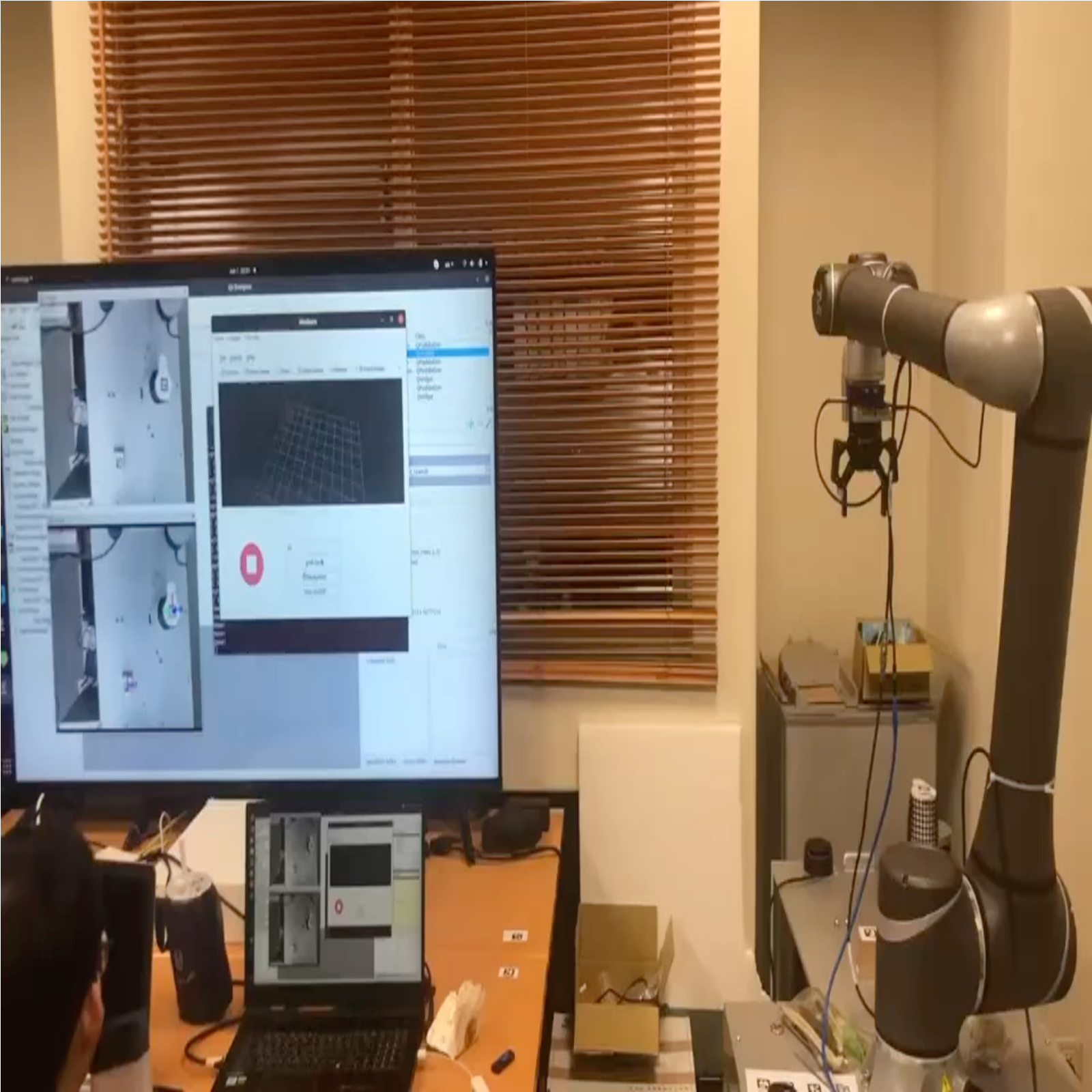
|
Industrial Robot Controler
NCKU, 2022 code1 / code2 / video A ROS package for robot navigation and arm control. It is capable of recognizing and grasping objects, as well as navigating to any location on the map. |
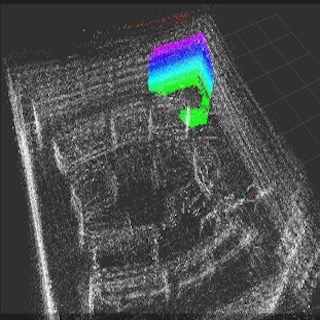
|
Camera Navigation in Pre-build LiDAR Map
NCKU, 2022 code / video A real-time camera navigation algorithm in a pre-built LiDAR map, utilizing NDT for 3D point cloud registration, effectively reducing 65% of accumulated position error. |
|
Design and source code from Jon Barron's website. Last updated Mar 2025. |
